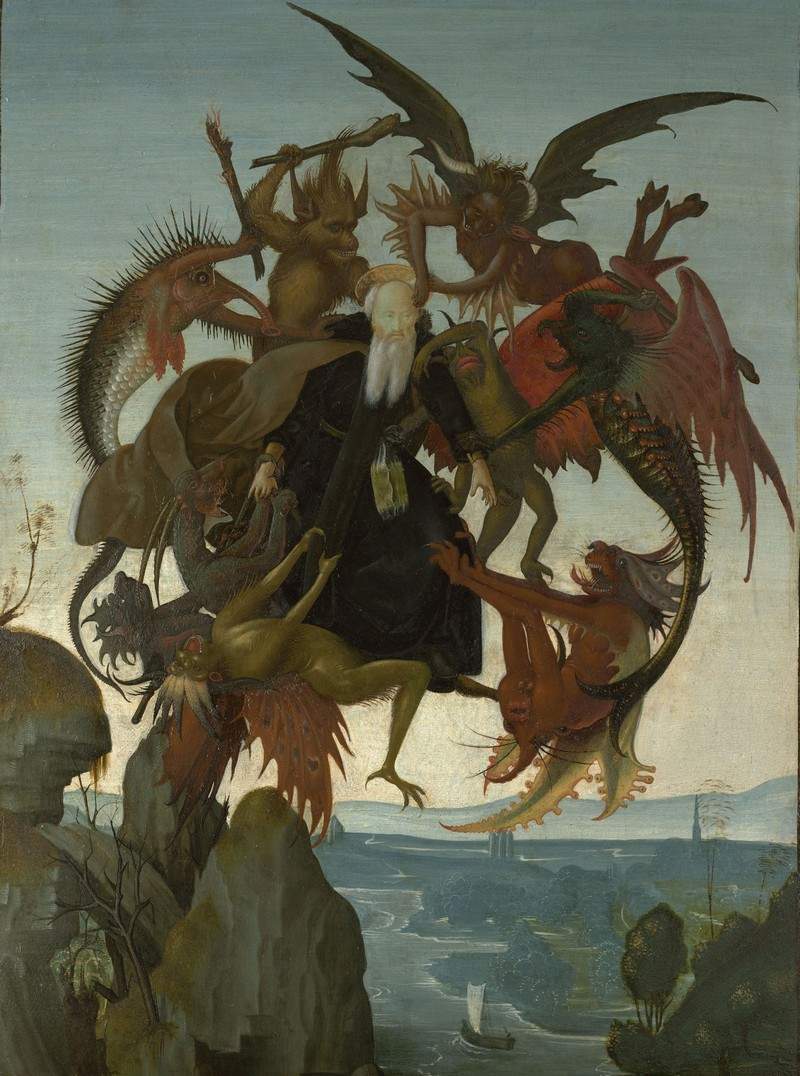

In the end, his big secret was the simple refusal to ever give up. So what did Anthony figure out that we can imitate? I routinely doubt and give in to my worst instincts. It feels far more akin to stubbornly spinning the wheels of a car in a mud pit. Athanasius says that those temptations, even after 20 years in the desert, haunted Anthony. Here, he left behind all worldly cares to do battle with his temptations. He took even more drastic steps, moving to the desert and locking himself inside a small chamber on top of a mountain in complete solitude. Athanasius relates that Anthony continued to struggle with, “Remembrance of his wealth, care for his sister, claims of kindred, love of money, love of glory, the various pleasures of the table and the other relaxations of life, and at last the difficulty of virtue and the labor of it.”Īnthony remained adamant that he would do anything to overcome his demons. His renown as a holy man would indicate as much. You might think his sacrifices finally helped him overcome his temptations.

He went to stay near an old hermit outside of town and quickly gained a reputation for holiness. Anthony still felt his flaws were in control so he gave away the rest of his money, placed his sister in a convent, and departed the city for a life of prayer and penance. He felt his possessions were distracting him from living a virtuous life so he gave away most of his wealth, keeping only enough to provide for himself and his sister. When he was still a young man, his parents died, leaving him a large inheritance. He was willing to make absolutely any sacrifice for the sake of leaving behind his habitual temptations.Īnthony was born into a wealthy Egyptian family in the year 251. This is a man who dedicated his entire existence to overcoming his flaws. Anthony the Great and Anthony of the Desert) so impressive. Perhaps this is why I find the story of St. All of us battle our individual demons to a greater or lesser degree, but they’re always there, waiting to pounce. For a decade now I’ve been confessing the same sins over and over again. Slightly improved, maybe, but still very much a daily struggle.

Ten years later, I’m still battling the same sins. I probably could have walked on water as I left the confessional.īut that was then and this is now. I felt so relieved when it was over, so forgiven. I made my first confession about 10 years ago when I was received into the Catholic Church. Characterized by exquisite cross-hatching and impeccable craftsmanship, Schongauer's engravings were widely imitated by the German printmakers Ishrael van Meckenem and Albrecht Durer, as well as by Italian artists, such as Cristoforo Robetta and Nicoletto da Modena.This desert father shows us how we can deal with the everyday sins we can't seem to shake. The bulk of Schongauer's engravings is more conspicuous: 116 prints, none of them dated, but all marked by his monogram M+S.

Among these is the Madonna in the Rose Garden for the Church of Saint Martin in Colmar (1473), which betrays Schongauer's admiration for the works by the Netherlandish painter Roger Van der Weyden. Only a few of Schongauer's paintings survive. In 1489, he became a citizen of Breisach, where he died probably of the plague in 1491. Schongauer later traveled down to the Rhine, Cologne, Burgundy, the Netherlands, and he likely visited Spain. There, he was trained under the painter Caspar Isenmann, between 14. After one year, he left his studies, and came back to Colmar. In 1465, he matriculated at the University of Leipzig. Trained both as an engraver and as a painter, Schongauer started his apprenticeship under his father Caspar Schongauer, a goldsmith from Augsburg. 1450-53, Colmar - 2 February 1491, Breisach) was one of the most skilled and influential graphic artists of Europe in the last quarter of the 15h century.


 0 kommentar(er)
0 kommentar(er)
